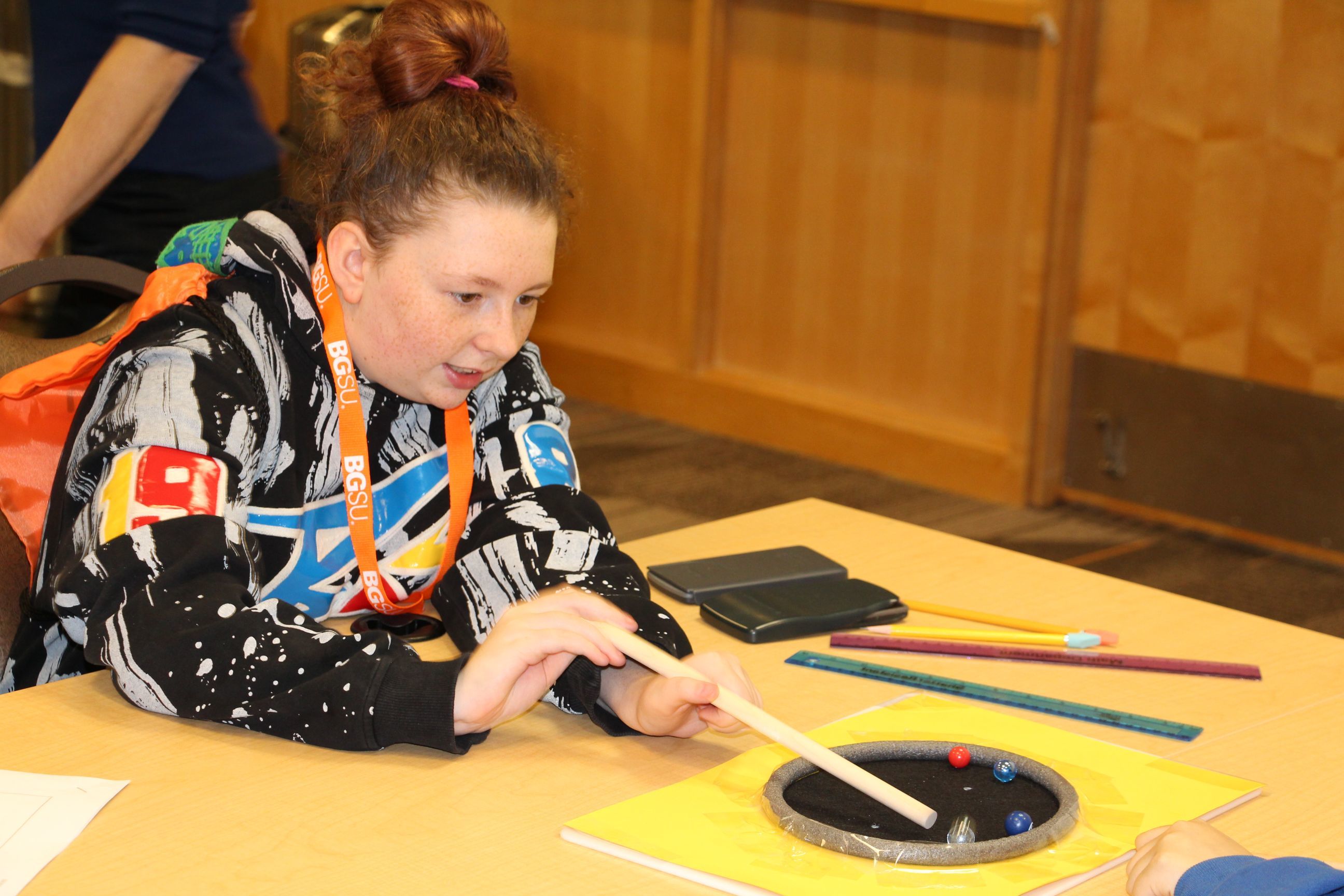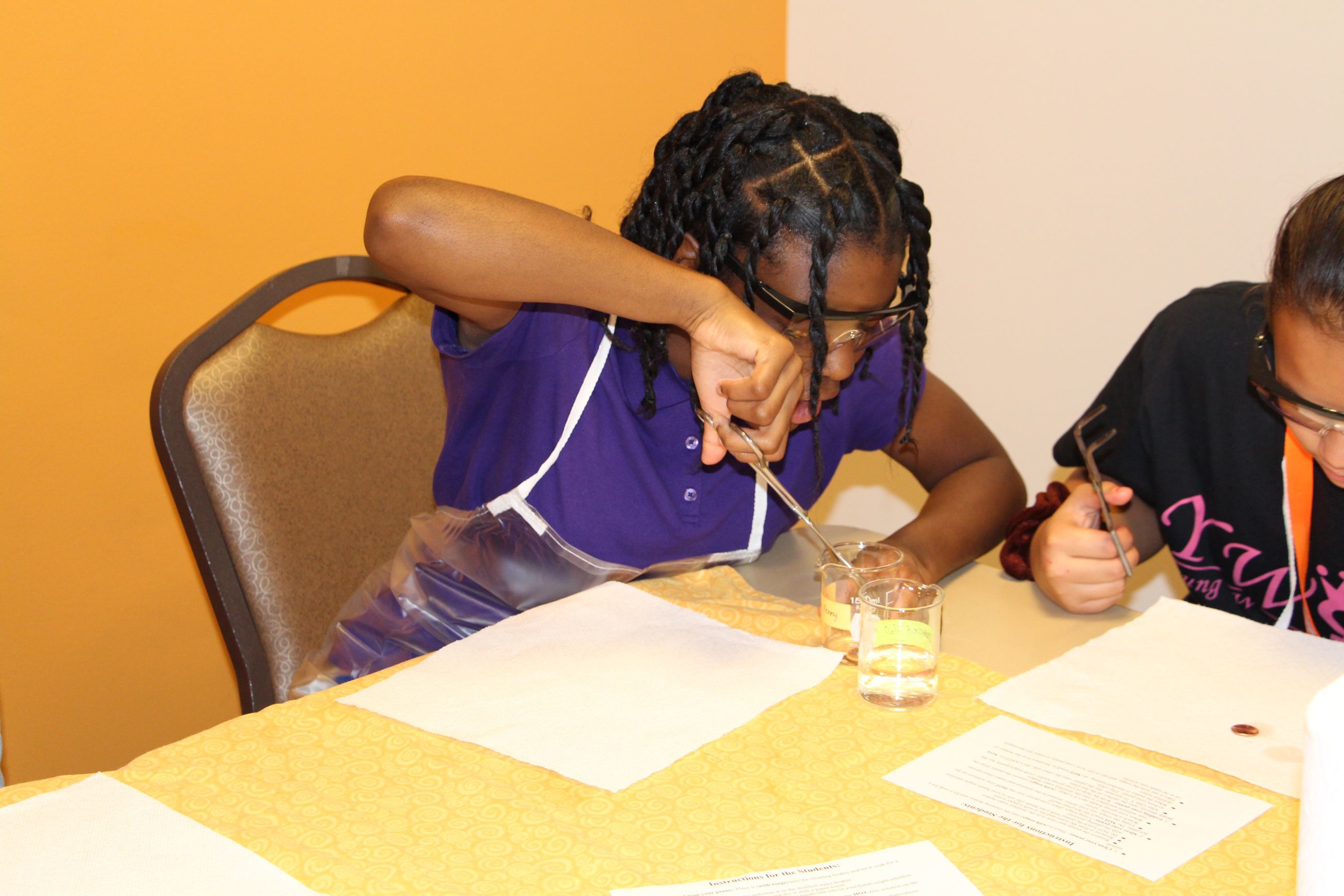

It ranges between US$3,500 (S$4,670) and US$4,500 (S$6,000), about a quarter of the prices in the United States.Ĭhina has 539 public and private IVF facilities, and the NHC has said it aims to set up one facility for every 2.3 million people by 2025, which would take the total above 600.Ĭhina’s IVF market, including treatment, drugs and equipment, is expected to grow at a compound annual rate of 14.5 per cent in coming years, nearly doubling to 85.4 billion yuan (S$16.5 billion) in 2025 from 49.7 billion yuan, research house Leadleo estimated in a report last year. The price for a cycle – which involves medication for ovarian stimulation, egg collection, insemination in a laboratory and embryo transfer – is regulated in China.

She spoke on the condition of partial anonymity for privacy reasons.Ĭhinese hospitals and clinics, both public and private, provide about one million rounds of IVF treatment – or cycles – annually, compared with 1.5 million in the rest of the world, according to academic journals and industry experts.

“The queues in the hospital are very long,” said 34-year-old Xiang Yu, a married woman undergoing IVF treatment in Chongqing, some 300km east of Chengdu. There are no estimates for how many patients want but cannot access treatment, but some women benefiting from it say they spend hours waiting for their turn.
WOMEN IN STEM FULL
Mr Lyppens said most IVF clinics in China operated at full capacity before the Covid-19 pandemic, and are likely to be in a similar situation again soon as the country has lifted virus-related curbs.


 0 kommentar(er)
0 kommentar(er)
